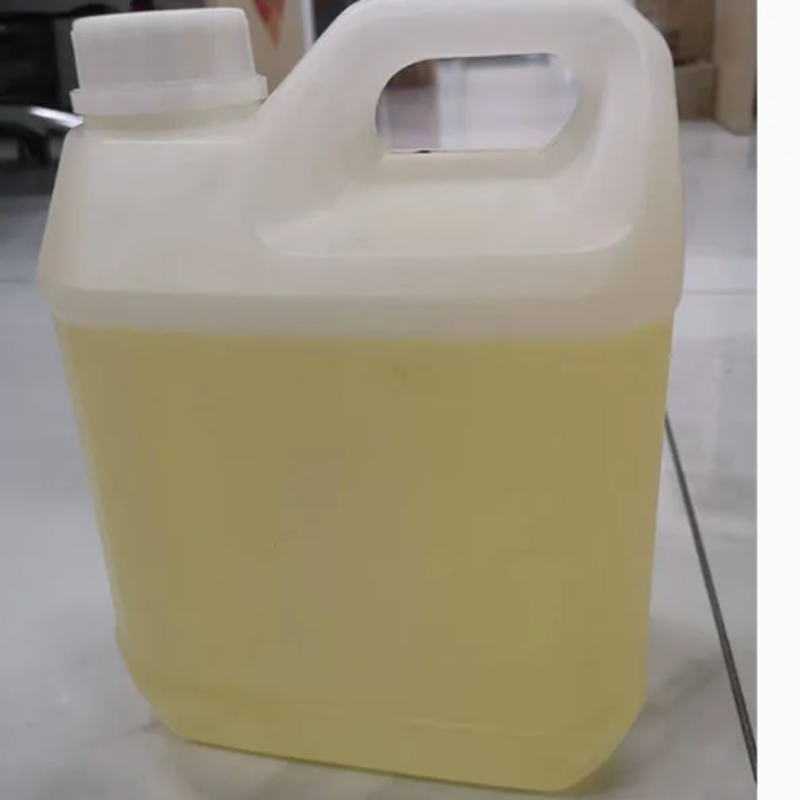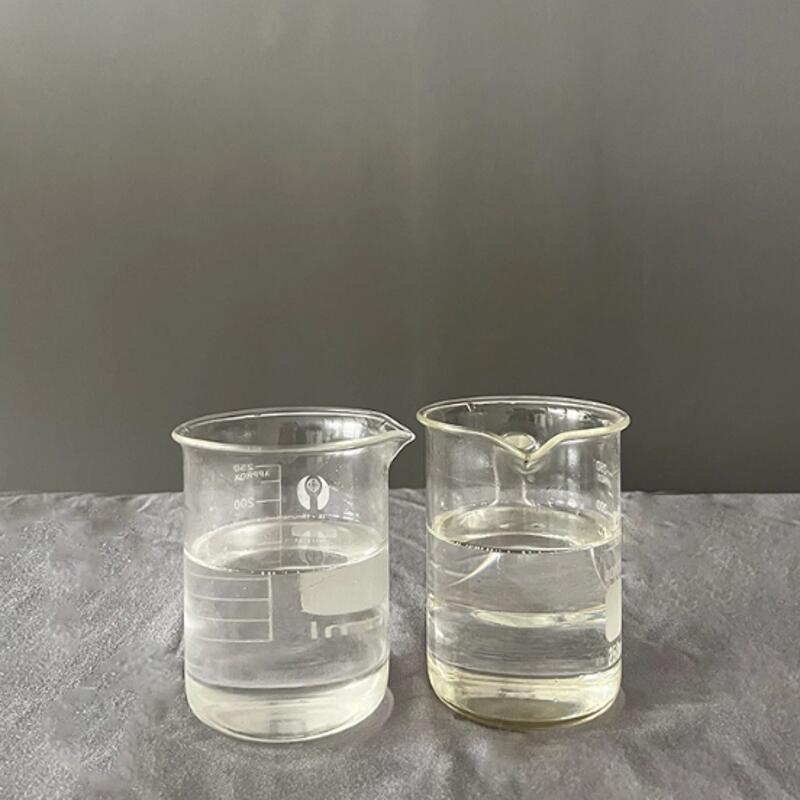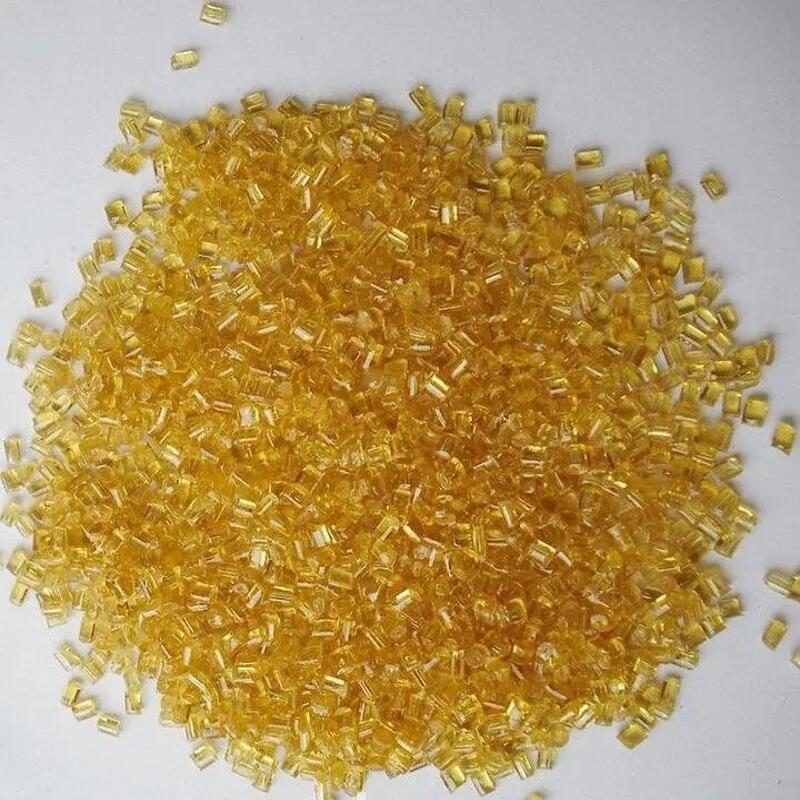-
Categories
-
Pharmaceutical Intermediates
-
Active Pharmaceutical Ingredients
-
Food Additives
- Industrial Coatings
- Agrochemicals
- Dyes and Pigments
- Surfactant
- Flavors and Fragrances
- Chemical Reagents
- Catalyst and Auxiliary
- Natural Products
- Inorganic Chemistry
-
Organic Chemistry
-
Biochemical Engineering
- Analytical Chemistry
-
Cosmetic Ingredient
- Water Treatment Chemical
-
Pharmaceutical Intermediates
Promotion
ECHEMI Mall
Wholesale
Weekly Price
Exhibition
News
-
Trade Service
In 2020, 14 sets of polypropylene plants were actually put into operation in China , with an additional supply capacity of 4.
Polypropylene
Polypropylene has moved from a relatively overcapacity to an absolute overcapacity, and the development of special materials is on the line!
At present, the high-end polypropylene special materials with a high degree of external dependence in the domestic market mainly include two categories.
HCPP: Copolymer products mainly rely on imports, while domestic products are mainly homopolymer
High crystallinity polypropylene (HCPP) can be divided into two categories: copolymerization and homopolymerization.
China initially has HCPP production capacity, but when it is applied to automobiles and other fields, there is still a gap with imported products.
HSPP: Middle and low melt index products are in excess trend, and products with melt index greater than 30 are totally dependent on imports
HSPP mainly defines it from the perspective of impact strength, thereby improving the toughness of the modified material, and helping the modified material company to minimize the load of the plastomer, thereby simplifying the formulation.
In 2019, HSPP consumption in the Chinese market was about 350,000 tons, mainly used in downstream fields such as automobiles, toys and household appliances.
In China, there are many suppliers of HSPP products, and domestic products occupy a major market share.
HMSPP: The market is small but the profitability is fair
There is still a gap in the quality and reputation of China's HMSPP domestic products and imported products.
HMSPP market demand is only about 52,000 tons, of which 95% of the consumption is used for polypropylene foaming, and also for hollow product injection molding and film fields.
Ultra-low ash polypropylene: 95% of the Chinese market depends on imports
The global ultra-low ash polypropylene is mainly supplied by Korea Petrochemical, Borealis, TPC and Sinopec Zhongyuan Petrochemical, while the supply of Korea Petrochemical, Borealis and Singapore TPC accounted for more than 90% of the total global supply.
In 2019, the Chinese market consumed a total of 104,000 tons of ultra-low ash polypropylene.
(Keyword: Polypropylene)







